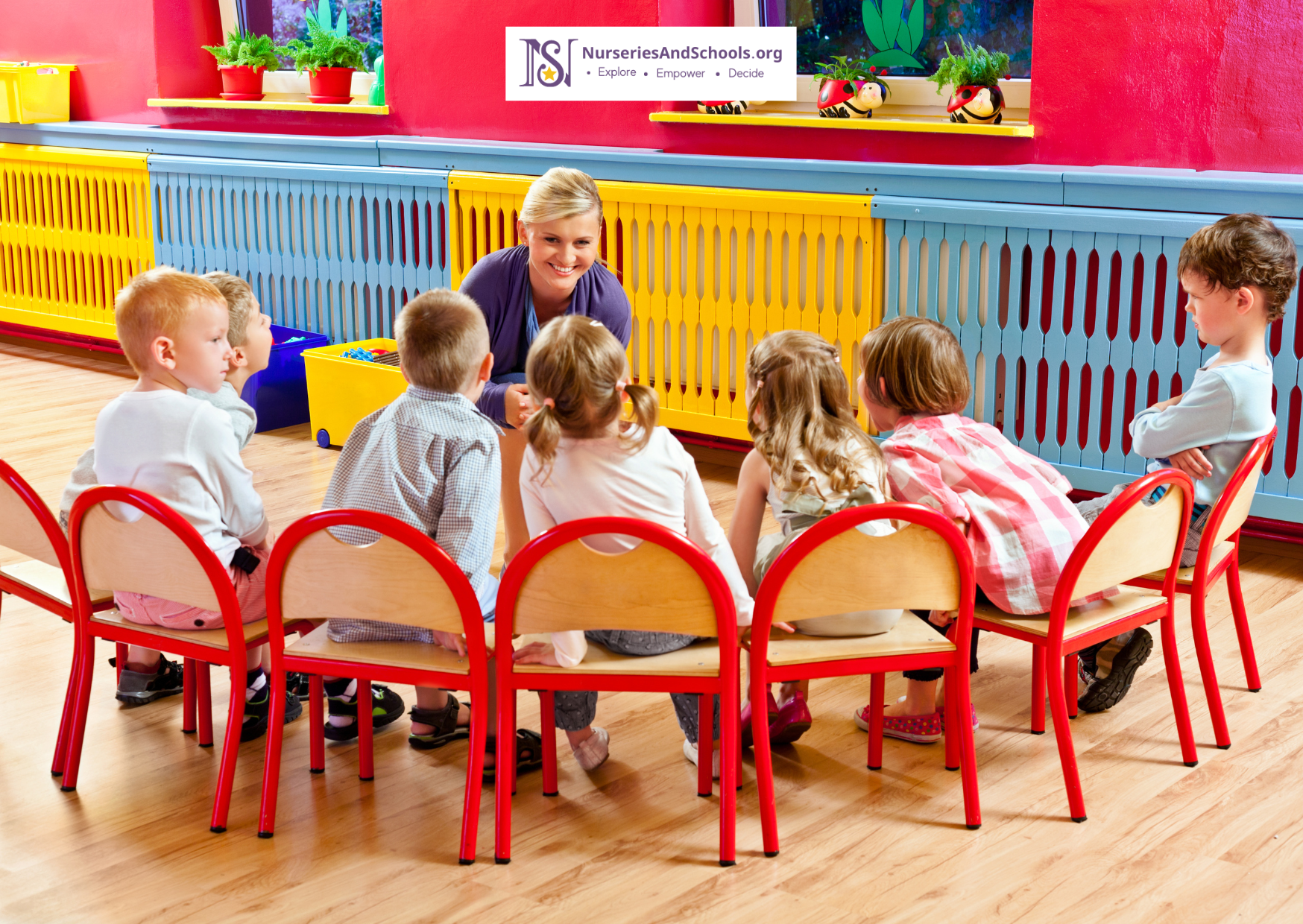
Phase 2 of the school-based nursery program: What you need to know
Parents rely on affordable, high-quality childcare close to home, so that every child gets the strongest possible start. The first phase of the school-based nursery capital grant is already helping families nationwide by supporting the expansion of childcare places. This year alone, 300 schools received funding to create as many as 6,000 additional nursery spots.
We're now moving into phase 2 of the program, which will focus on helping families in disadvantaged communities access early years education more easily. From 22 September to 11 December, primary schools can apply for up to GBP150,000 to set up or grow their on-site nursery provision - and for the first time, maintained nursery schools are eligible too.
So what exactly are school-based nurseries, and who stands to benefit? Here's a quick guide:
What is a school-based nursery?
A school-based nursery is an early years setting located on a school site. It may be run directly by the school or operated by a separate provider. Some settings cater for three- and four-year-olds, while others support younger children too, depending on the age groups they are registered to care for.
Why do parents like nurseries on school grounds?
These settings are often a hit with families, especially when they have children of different ages. Everything is in one place, which means simpler drop-offs and pick-ups, one main point of contact, and a consistent environment as children begin their learning journey.
What are the advantages of school-based nurseries?
School-based nursery settings tend to have lower turnover of staff, are more common in deprived areas, and often support a higher proportion of children with SEND. Schools also report that having a nursery on-site helps build strong connections between early years and school staff - making the transition into Reception smoother for children.
How many new places are being created?
Phase 1 will see 300 nurseries creating new places, with most set to open in the 2025-26 academic year. Schools are already on track to deliver more than 4,000 additional nursery places this September.
With a further GBP45 million behind it, phase 2 will provide at least another 300 new or expanded school-based nurseries, with places becoming available in 2026-27.
Where will these nurseries be based?
Many of the phase 1 nurseries are in the North and Midlands - including around 10% in the North East - boosting childcare availability where it's needed most. In phase 2, priority will continue to be given to areas with greater need, particularly disadvantaged communities.
How is the program funded?
The government has committed almost GBP370 million to continue expanding this initiative and increasing access to early years provision across the country.
source: gov.uk

